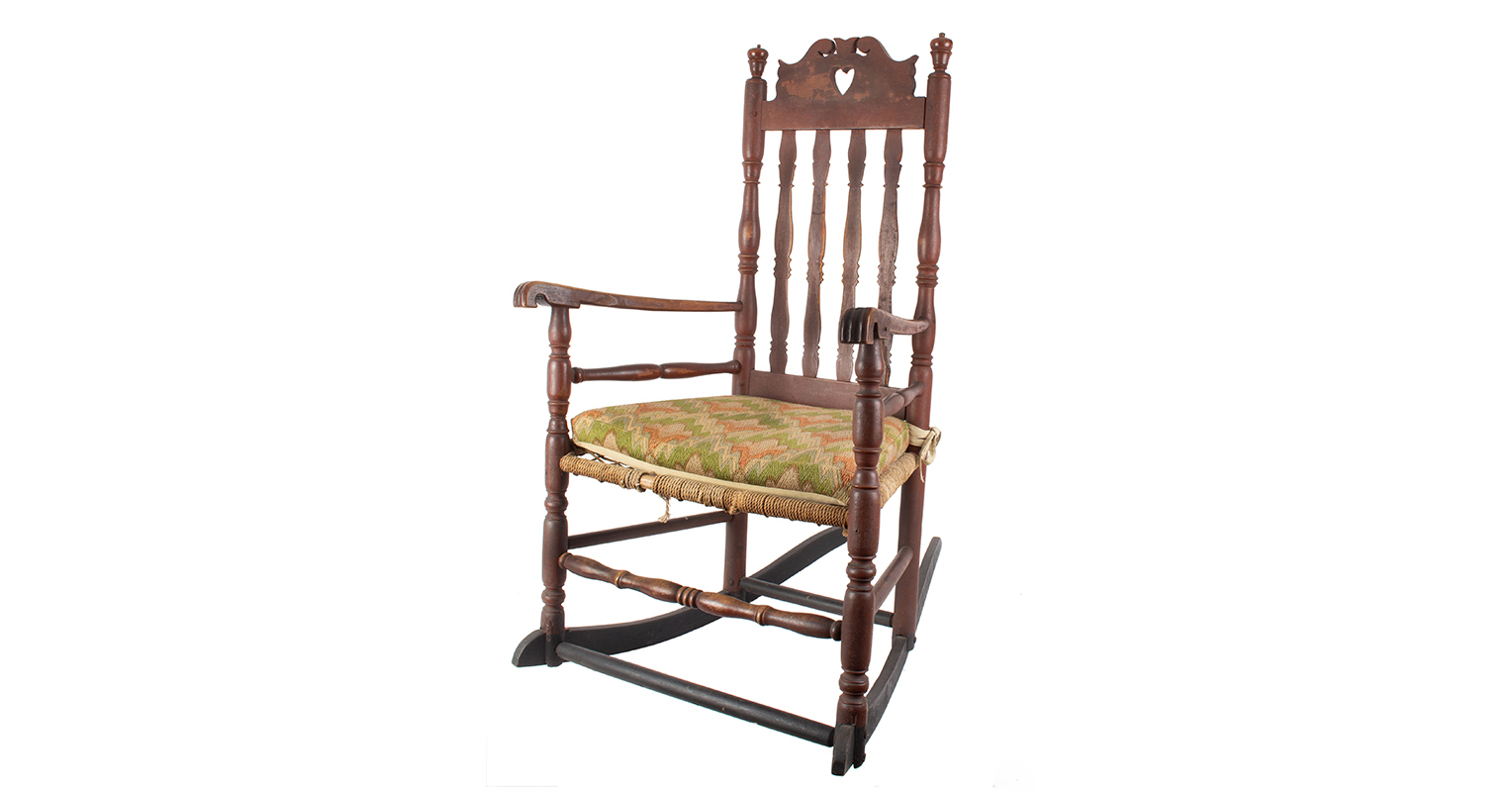The History and Craftsmanship of Willie Clayton Rocking Chairs

Willie Clayton rocking chairs, while not a widely recognized brand name like some mass-produced furniture lines, represent a tradition of handcrafted quality passed down through generations of skilled artisans. Their history, though less documented than that of larger companies, is rich in the dedication to time-honored techniques and the use of high-quality materials. This focus on craftsmanship is what truly distinguishes these chairs.
Evolution of Willie Clayton Rocking Chair Designs
The evolution of Willie Clayton rocking chair designs is largely undocumented, reflecting the nature of smaller, family-run workshops. However, we can infer a progression based on common trends in rocking chair design and the likely adaptation of techniques over time. Early designs probably emphasized simpler forms, relying on traditional joinery and straightforward aesthetics. Later designs might have incorporated more intricate detailing, perhaps influenced by changing tastes or the availability of new tools and technologies. The core, however, likely remained consistent: a focus on comfort, durability, and elegant simplicity.
Materials and Finishes
Traditionally, Willie Clayton rocking chairs were constructed using hardwoods known for their strength and beauty. Oak, cherry, and maple are likely candidates, chosen for their durability and the rich grain patterns they offer. The finishes would have been natural, emphasizing the wood’s inherent beauty rather than masking it with heavy paint or varnish. A simple oil finish or a clear shellac would have been typical, allowing the wood’s color and texture to shine through. This focus on natural materials and understated finishes reflects a commitment to both aesthetic and environmental considerations.
Craftsmanship Compared to Other Makers, Willie clayton rocking chair
Comparing the craftsmanship of Willie Clayton rocking chairs to other renowned makers requires careful consideration. While lacking the extensive historical documentation of brands like Stickley or Heywood-Wakefield, the quality of a hand-crafted Willie Clayton chair would likely rival, in many respects, the work of smaller, artisan workshops. The focus on traditional joinery, the careful selection of materials, and the attention to detail would all contribute to a level of quality that is comparable to, if not exceeding, many mass-produced chairs. The differences would lie mainly in the scale of production and the degree of historical record-keeping.
Creating a Willie Clayton Rocking Chair: A Step-by-Step Process
The creation of a Willie Clayton rocking chair would involve a meticulous process, passed down through generations. While specific details are unavailable, we can reconstruct a likely sequence of steps based on traditional chair-making practices.
| Step | Description | Tools Used | Image Description |
|---|---|---|---|
| 1. Wood Selection and Preparation | Choosing appropriate hardwood lumber (e.g., oak, cherry), checking for knots and imperfections, and milling the wood to the required dimensions. | Hand saw, planer, jointer, measuring tools | A close-up view of carefully selected hardwood planks, showing the rich grain and texture. The planks are neatly stacked and ready for the next stage of processing. |
| 2. Cutting and Shaping | Cutting the wood into the necessary components for the chair’s seat, back, legs, and rockers using precise measurements and careful cuts. | Hand saw, band saw, chisels, carving tools | An image showing the various cut pieces of wood, accurately shaped and ready for assembly. The precision of the cuts is evident. |
| 3. Joinery | Joining the individual pieces using traditional joinery techniques, such as mortise and tenon, dowels, or wedged joints. This ensures strength and durability. | Chisels, mallet, drill, clamps, router | A detailed view of a mortise and tenon joint, highlighting the precision and fit of the pieces. The wood is smooth and carefully fitted together. |
| 4. Assembly | Carefully assembling the chair components, ensuring proper alignment and fit. | Clamps, wood glue, screws (potentially), sandpaper | A partially assembled chair, showing the various components coming together. The structure is sturdy and well-aligned. |
| 5. Finishing | Sanding the chair smooth, applying a natural finish (e.g., oil, shellac), and allowing it to cure. | Sandpaper (various grits), brushes, rags, oil or shellac | The finished chair, showcasing the smooth, polished wood and the natural beauty of the grain. The finish enhances the wood’s color and texture. |
